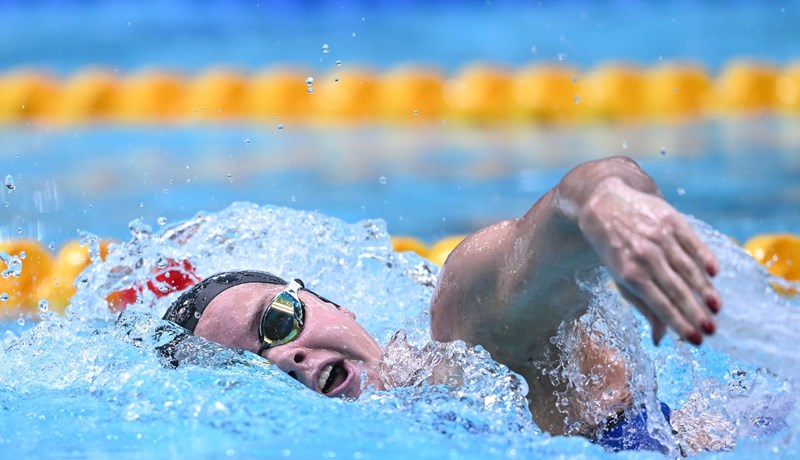evo sto kaze gugle. one sto sam ja vozio imao sam dojam da je na tri kotaca. manje ne moze bit inace bi bio bicikla, a cinilo mi se prepokretljivo za 4 jer se onda dva moraju okretat. izgleda da postoji verzija i sa 3 i sa 4...
Electricity
Bumper cars rely on electricity to run, which may be pulled from an overhead power supply or from built-in, rechargeable gel cell batteries. In an overhead power configuration, electricity transfers from the overhead power to the bumper car's electric motor through a tall pole mounted on the rear of the bumper car; by contrast, gel cell battery-driven bumper cars rely on built-in batteries that can be recharged at the end of the day or between uses. Like road-going cars, bumper cars ride on three or four wheels mounted on the car's bottom, and at least two of the wheels provide drive power when the operator activates the motor by pressing the pedal; in some models, turning the steering wheel to its full extension or activating a lever mounted inside the car reverses the polarity of the electricity fed to the drive motor to provide reverse acceleration and allow the car to back up.
Driver
As electricity feeds the motor that propels the bumper car forward or backward, the driver must maintain some measure of control over the vehicle's direction. To accomplish this task, bumper car manufacturers equip each car with at least one steering wheel. Because bumper cars do not require advanced steering features commonly found on road cars, manufacturers connect the steering wheel directly to the one or two directional wheels mounted under the car. When the driver turns the steering wheel, a connecting rod positions the directional wheels at an angle that allows the car to turn when the driver applies forward or reverse power. Depending on the model of bumper car, the car may rely on two directional wheels mounted on either side of the car's underside, or a single directional wheel mounted, like a tricycle, in the center of the car's bottom.
![[UŽIVO] Dinamo i Hajduk na Maksimiru nastavljaju utrku za titulu prvaka](/photos/_resized/522/69/0000000000522697_400_230_cut.jpg)

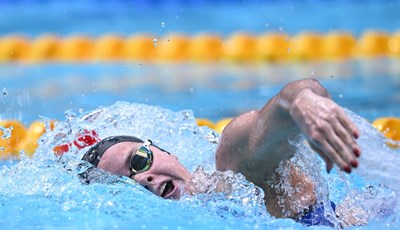


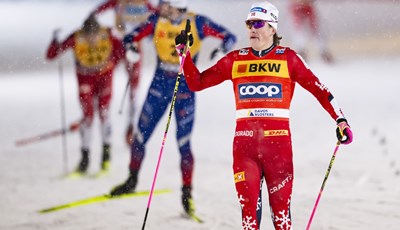

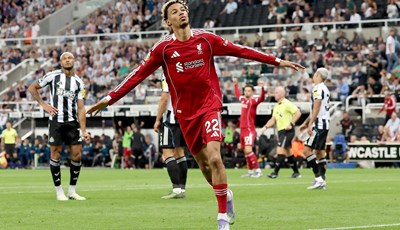










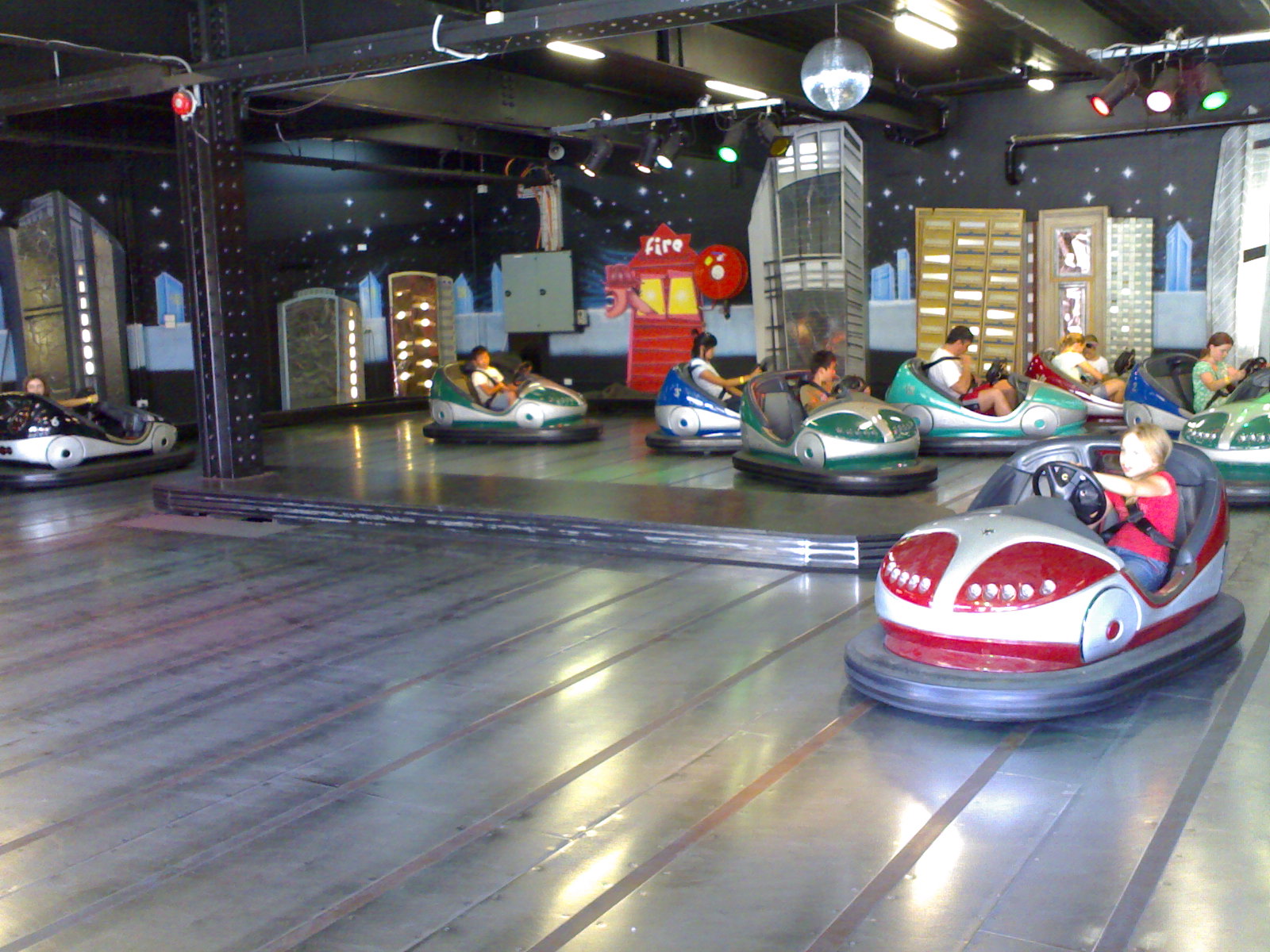

 za topic.....
za topic..... .....
.....

 neće doživjeti 1000 stranica, ali neka ga hahahhaa
neće doživjeti 1000 stranica, ali neka ga hahahhaa

